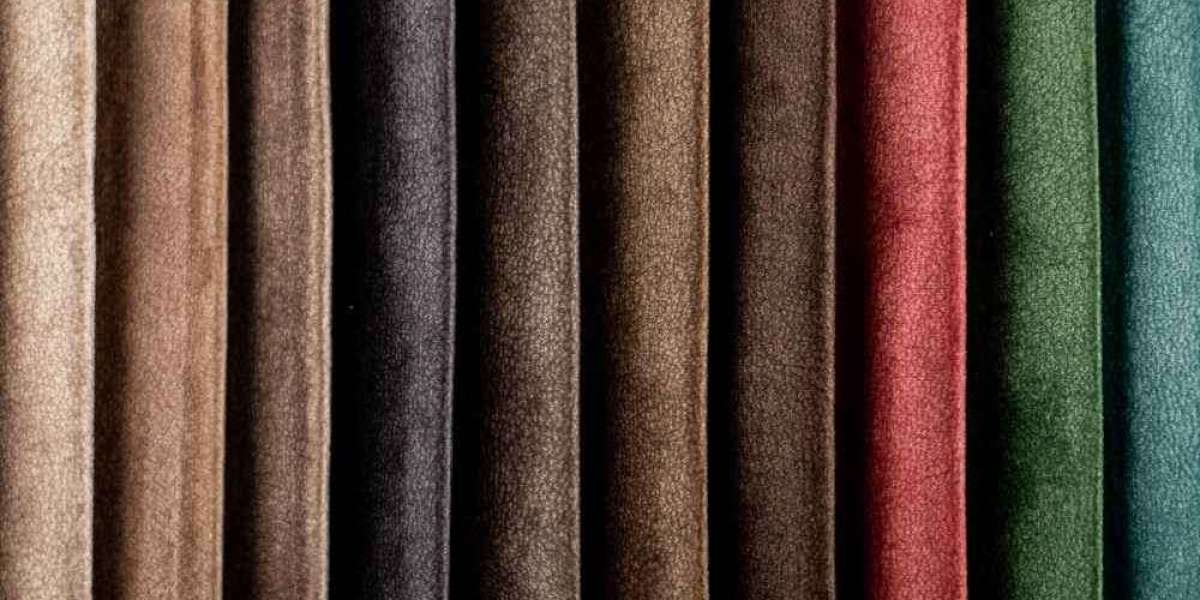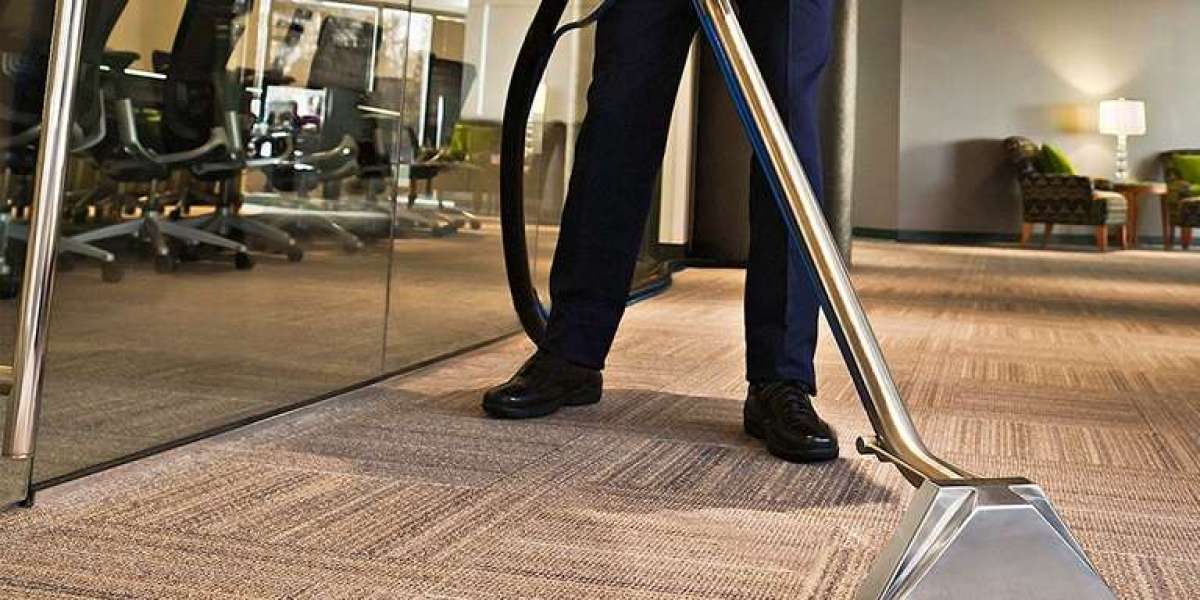Reupholstering chairs can breathe new life into tired furniture without breaking the bank. Whether you're working on a vintage armchair or updating dining room seats, finding quality fabric at reasonable prices is the key to success. The UK market offers plenty of options for budget-conscious decorators, but knowing where to look makes all the difference.
Understanding Different Fabric Types for Upholstery
Before diving into where to shop, it's worth understanding what makes a good uph fabric. Cotton blends are popular for their durability and easy maintenance, while linen offers a natural, relaxed look that works well in modern homes. Synthetic fabrics like polyester and microfiber resist stains and wear, making them practical for high-use furniture.
Velvet and chenille add luxury without necessarily costing more than other options. The weight of the fabric matters too – lighter fabrics work better for decorative chairs, while heavier materials suit everyday seating. Most upholstery projects need fabric weighing at least 200-300 GSM (grams per square meter) to handle regular use.
Shopping at Fabric Warehouses and Outlets
Fabric warehouses often stock end-of-line materials at significantly reduced prices. These venues typically carry designer fabrics that didn't sell in mainstream retail, offering genuine savings without compromising on quality. Many warehouses operate on industrial estates outside major cities, keeping overhead costs low and passing savings to customers.
Outlet stores frequently run clearance sales, especially during seasonal transitions. January and July are particularly good months for finding discounted upholstery materials. Some outlets also offer remnant bins where you might find enough fabric for smaller chairs or accent pieces at fraction of regular prices.
Exploring Online Marketplaces and Retailers
Online shopping has revolutionized how we buy fabric, offering access to suppliers across the country without leaving home. Many retailers offer sample services, letting you feel the texture and see true colours before committing to larger purchases. This is particularly helpful when working with existing decor.
Digital marketplaces often feature competitive pricing due to lower overhead costs compared to physical stores. However, be sure to factor in delivery charges when comparing prices. Some online retailers offer free shipping on orders over certain amounts, making bulk purchases more economical.
Finding Remnants and End-of-Roll Deals
Remnant shopping requires patience but can yield incredible bargains. Fabric shops regularly clear stock to make room for new collections, selling remaining meters at steep discounts. These pieces are perfect for single chairs or small projects where you don't need large quantities.
End-of-roll fabric often comes in awkward lengths – perhaps 2.5 meters when you need 3 meters. However, creative planning can make these work. Consider mixing fabrics or using contrasting panels to stretch your material further while creating unique designs.
Seasonal Sales and Clearance Events
Timing your purchases around sales cycles can lead to substantial savings. Many fabric retailers hold major clearances in January after Christmas and again in summer before autumn collections arrive. Black Friday and end-of-financial-year sales also present opportunities for discounted upholstery materials.
Sign up for newsletters from your favourite fabric suppliers to receive advance notice of sales. Some retailers offer exclusive discounts to subscribers or early access to clearance events. Following social media accounts can also alert you to flash sales and special promotions.
Comparing High Street vs Specialist Suppliers
High street fabric shops offer convenience and the ability to see materials in person before buying. While prices might be higher than specialist suppliers, you save on shipping costs and can take fabric home immediately. These shops are also excellent for matching existing decor or getting advice from experienced staff.
Specialist upholstery suppliers often provide better value for larger projects. They understand the specific requirements of furniture covering and stock appropriate weights and finishes. Many specialists also offer technical advice about fabric choice and quantity calculations.
Budget-Friendly Fabric Alternatives
Consider unconventional materials that can work beautifully for upholstery. Heavy cotton canvas, originally designed for outdoor use, makes durable chair covering at lower cost than traditional upholstery fabric. Drop cloths from decorating suppliers can also work well when chosen carefully.
Vintage fabrics from charity shops or online auctions sometimes offer unique patterns at bargain prices. However, check the condition carefully and test for colorfastness before using. Some vintage materials may need special treatment or might not have the durability required for furniture that gets regular use.
Calculating Fabric Requirements Accurately
Getting your measurements right prevents waste and helps you take advantage of smaller remnant pieces. Most dining chairs need 0.5-1 meter of fabric, depending on size and design complexity. Armchairs typically require 2-4 meters, while large sofas might need 8-12 meters.
Always add 10-20% extra for pattern matching, mistakes, and future repairs. Complex patterns or stripes require more fabric for proper alignment. If you're unsure about quantities, many suppliers offer calculation services or have online tools to help estimate requirements.
Tips for Successful Fabric Shopping
Start by setting a realistic budget that includes not just fabric but also any tools or supplies you'll need. Take photos of your furniture and room decor when shopping to help with colour matching. Natural lighting can make colours appear quite different from artificial lighting in shops.
Don't forget to check fabric care requirements before purchasing. Some bargain fabrics might need dry cleaning, which adds to long-term costs. Machine-washable materials might cost slightly more initially but save money over time, especially for items like dining chair seats that see heavy use.
Conclusion
Finding affordable chair upholstery fabric in the UK is entirely achievable with the right approach and timing. By exploring various sources from warehouses to online marketplaces, taking advantage of seasonal sales, and being flexible with fabric choices, you can create beautiful furniture makeovers without overspending.
Remember that the cheapest option isn't always the best value if the fabric won't last. Balance cost savings with quality to ensure your newly upholstered chairs look great and wear well. For those seeking reliable quality at competitive prices, you might consider Yorkshire Fabric Shop, which serves as an online destination for upholstery fabrics throughout the United Kingdom. Their selection combines affordability with the durability needed for successful furniture projects.
Frequently Asked Questions
How much fabric do I need for a standard dining chair?
Most dining chairs require between 0.5-1 meter of fabric, depending on the seat size and whether you're covering the back as well. Measure your chair's seat and back dimensions, add 15cm to each measurement for tucking, and calculate the total area needed.
What's the minimum fabric weight suitable for chair upholstery?
Look for fabrics weighing at least 200-300 GSM (grams per square meter) for dining chairs and 300-400 GSM for armchairs that get regular use. Lighter fabrics may not withstand the stress of daily sitting and could tear or wear thin quickly.
Can I use curtain fabric for chair upholstery?
While some heavy curtain fabrics work for upholstery, check the weight and weave carefully. Curtain fabrics are designed to hang, not to withstand the friction and stretching that comes with seating. If the fabric feels substantial and has a tight weave, it might work for occasional-use chairs.
When are the best times to find fabric sales in the UK?
January clearances after Christmas and summer sales in July typically offer the best discounts. Many retailers also participate in Black Friday sales. End-of-season clearances happen when suppliers make room for new collections, usually twice yearly.
How do I know if a fabric will be durable enough for my chair?
Check the fabric's rub test rating – look for materials rated for at least 15,000-25,000 rubs for dining chairs and 35,000+ for heavily used armchairs. The weave should feel tight and substantial, and the fabric shouldn't stretch excessively when pulled gently.








